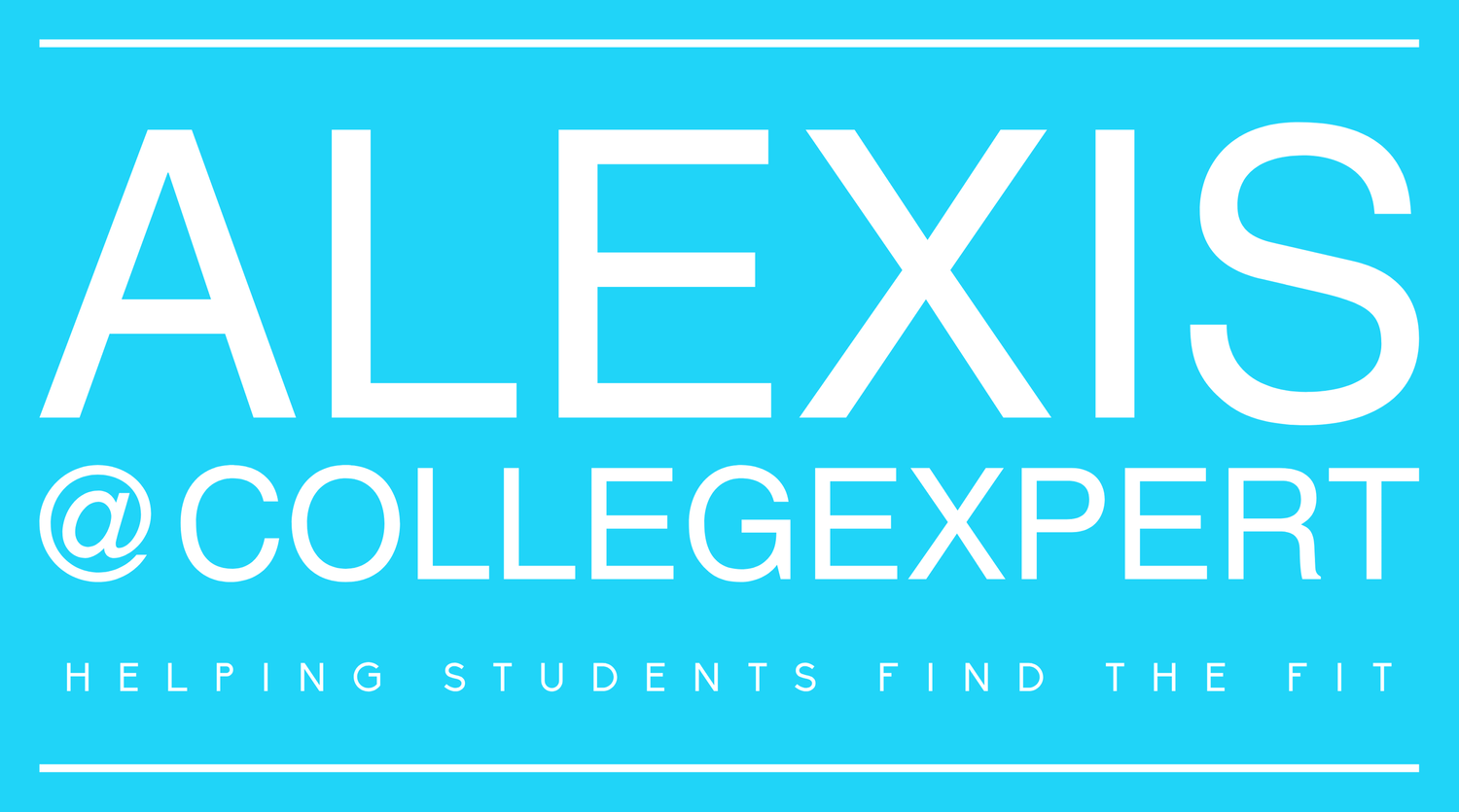College Applications Surge in January According To Common App Data
As college application deadlines approached in January, a prominent surge was observed in the number of submissions, reflecting a broader trend that has emerged over the past year.
According to the Common App, the total number of applications rose by 7%, reaching 6,716,246, and first-year applicants increased to 1,228,016, marking a 5% uptick compared to the previous cycle. This increase can be attributed to strategic shifts in application strategies among prospective students, who submitted, on average, 5.47 applications each, up from 5.37 the prior year.
Demographic shifts have greatly influenced this surge. Particularly, underrepresented minority applicants saw a substantial rise, with Latino applicants increasing by 13%, Black applicants by 12%, and Asian applicants by 7%. Additionally, first-generation college students represented a growing segment, with a 14% increase in applicants.
This increase in first-generation students highlights the importance of student support services, which can greatly enhance their college experience. Ensuring that these students are aware of college resources can further improve their transition to higher education.
Moreover, personalized planning can help first-generation students make the most of their college applications. College admissions counselors play a crucial role in providing expert guidance through this complex process.
These demographic trends demonstrate a growing awareness and access to higher education among diverse populations, contributing to the overall uptick in applications. Furthermore, the emphasis on financial considerations in the application process has made college more accessible to a wider range of applicants.
Socioeconomic factors played a vital role in this landscape. Applicants from low-income neighborhoods increased by 9%, reflecting a broader movement towards inclusivity in higher education. Students eligible for Common App fee waivers also grew at a rate of 10%, emphasizing the need for financial support in the application process.
This focus on underrepresented and low-income applicants is significant for fostering a more equitable educational environment.
Regional variations also emerged, with the Southwestern region experiencing the most pronounced growth at 33%. States such as Texas and D.C. reported increases of 36% and 22%, respectively, indicating that regional dynamics are at play in application trends.
While public institutions saw an 11% rise in applications, private institutions lagged behind with a 3% increase.

